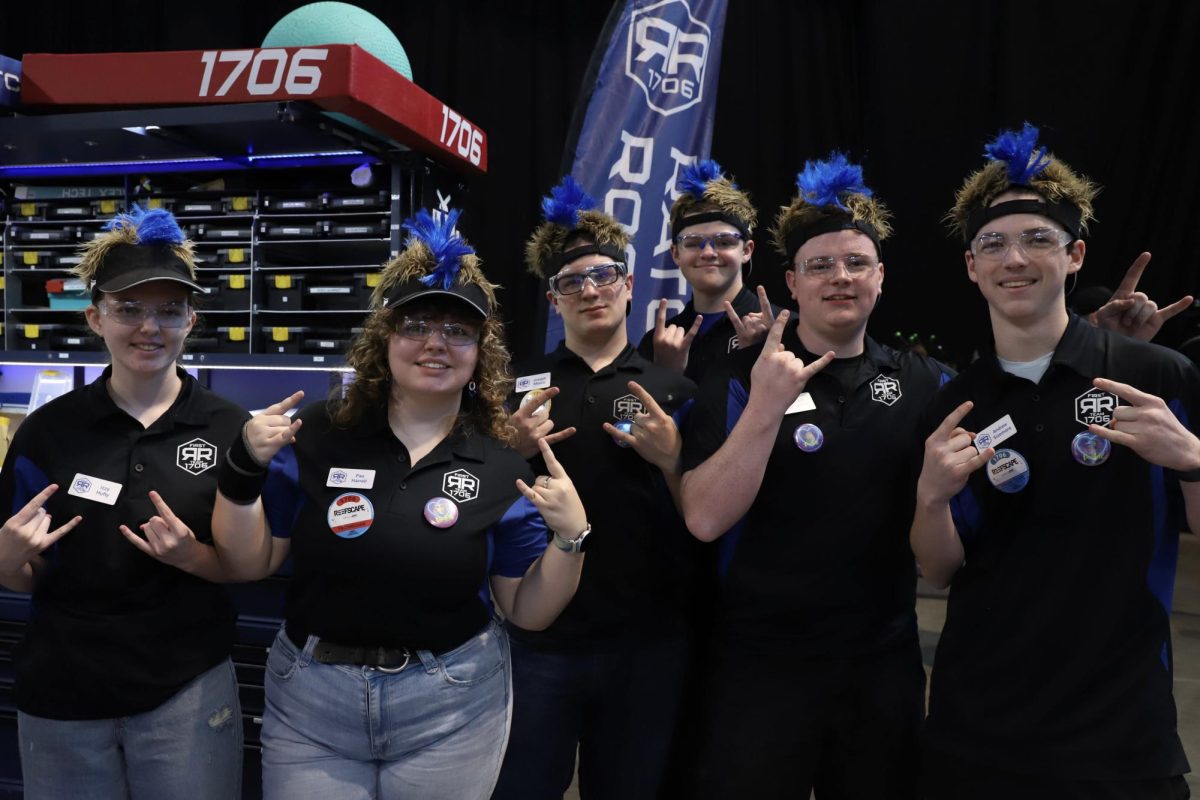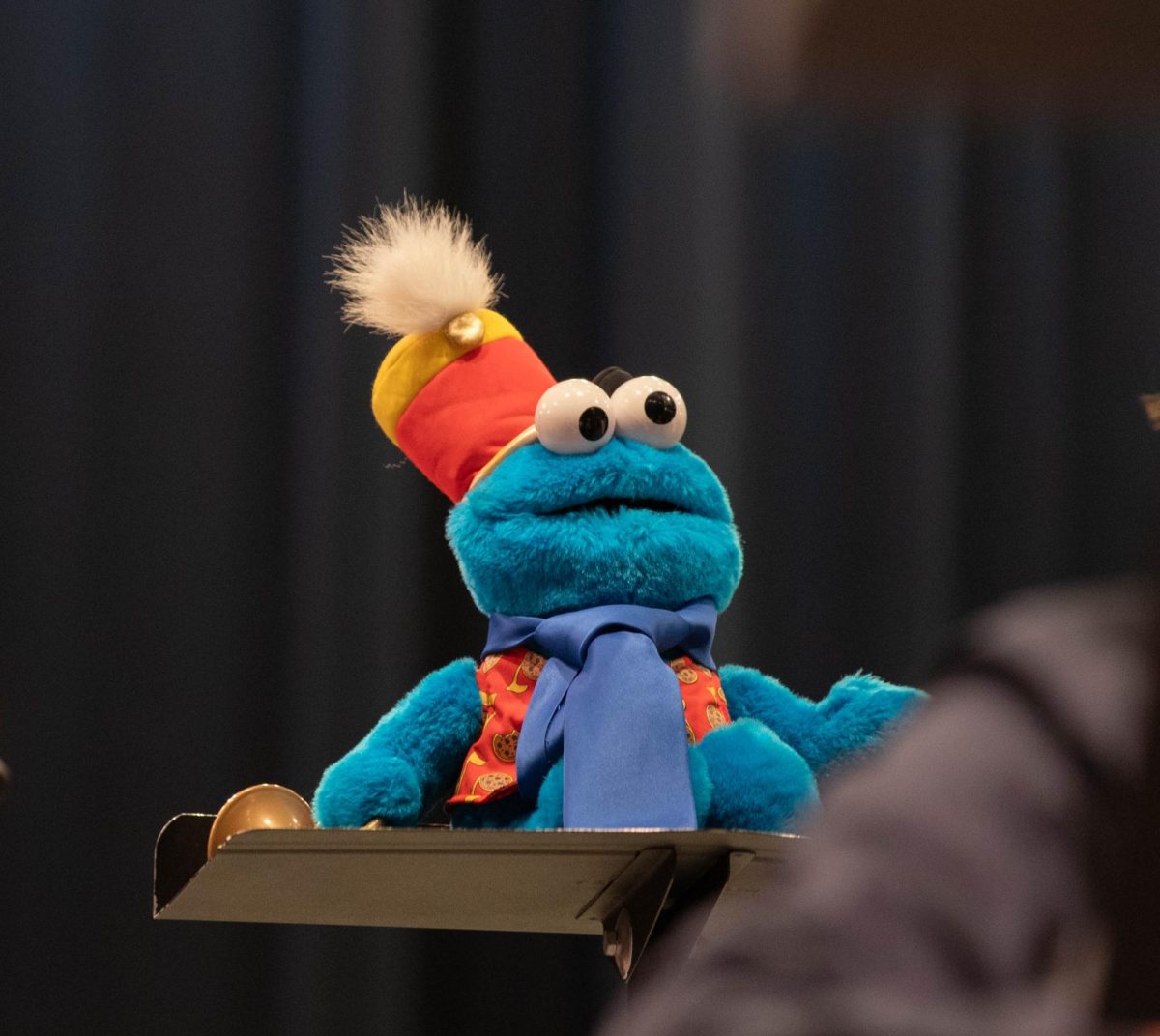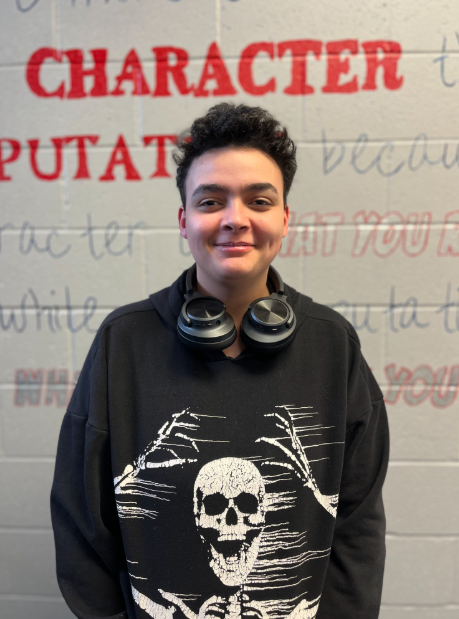For anyone reading this who doesn’t already know what epilepsy is, it’s defined as a group of noncommunicable neurological disorders characterized by epileptic seizures. It’s commonly triggered by lack of sleep, stress, alcohol, menstruation, photosensitivity, and a long list of other things. Roughly 480,000 children suffer from it alone.
The month of November is full of days to remember and acknowledge a wide number of different groups and communities: Native American heritage, addiction awareness, lung cancer awareness, and national adoption month – just to name a few.
As soon as November comes, I think it’s safe to assume Thanksgiving and Election Day are some of the first things people think about. However, I don’t see many people talking about how it’s also National Epilepsy Month. I don’t see people discussing epilepsy in general. Much like some other neurological and physical disorders, epilepsy can be very difficult to live with.
A friend of mine, Lilith Wright, has been struggling with epilepsy since she was young. Wright was originally diagnosed with focal impaired awareness seizures when she was around 6. As of a few years ago, Wright has been diagnosed with generalized epilepsy, myoclonic seizures, and photosensitive epilepsy. She says that she felt alone for a very long time before she read the stories of other individuals with epilepsy in the media.
“There were a few times I came out of a seizure crying because I was so embarrassed and exhausted,” Wright said. She tries her best to avoid stress and lack of sleep, seeing that those are some of the major triggers for her. “I’m surrounded by people who love me unconditionally, it makes living with this [epilepsy] a lot easier,” Wright continues. Wright disliked going anywhere in public for the longest time.
Just as much as any other community, I believe epilepsy should be recognized. Celebrating and acknowledging different spaces is important because it fosters respect and open-mindedness for other groups and individuals.
Many may not know, but the color that represents epilepsy awareness is purple. Many people within the community agree that this is a great color to represent it because purple has a lot of shades and variants; just like how epilepsy comes in different forms.













